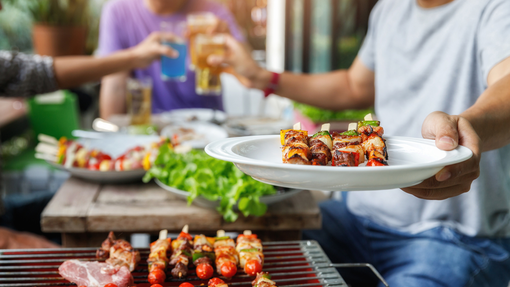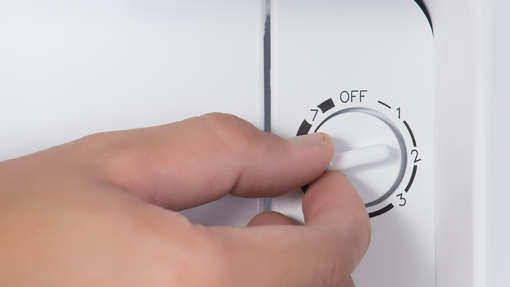
Seven foods you never knew you could freeze
1. Rice
Let’s start with perhaps the most controversial one. Many people think that you can’t freeze cooked rice, but you absolutely can! Simply cool it quickly by placing the container of rice in cold water, cover it and pop it into the freezer within an hour of cooking. Before eating, defrost the rice in the fridge and then reheat it until it’s piping hot before serving straightaway.
2. Eggs
If you’ve bought a box of eggs but aren’t going to use them all straightaway, you can freeze them by cracking them into a sealable container. If you’re likely to need just the yolks or just the whites for a particular dish – such as chocolate mousse – you can also freeze the two separately.
3. Dairy
There’s never any reason to pour leftover milk down the sink or have a piece of cheese going mouldy at the back of the fridge. Here’s how to freeze different dairy products:
- Milk: freeze in plastic containers – small ones work best, as big ones take ages to defrost and take up a lot of space in the freezer. Remember to pour a bit out before putting the lid back on, as milk expands when it freezes! Ideally, freeze it as soon as possible after buying and put it in the fridge to thaw out when you need it. Give it a good shake before pouring, and use it within 24 hours. You can also freeze it in an ice cube container ready to pop straight into a steaming mug of tea!
- Cream: whip fresh cream and freeze in a plastic container (double cream freezes better than single).
- Butter: freeze in cubes and add them straight into the saucepan when you’re cooking. Alternatively, defrost in the microwave in short bursts on a low setting.
- Yoghurt: freeze in their plastic containers or in lolly moulds for a delicious summer snack.
- Cheese: the easiest way to freeze cheese is to grate it first – then it’s ready and waiting for a quick and easy topping for all your favourite dishes.
4. Fruit and veg
Oranges freeze well, as does pretty much all fruit and veg, so there’s no reason to consign unwanted fresh produce to the bin. Having frozen fruit on standby is great when you’re making smoothies or desserts, while freezing boiled or roasted veg gives you a stress-free extra serving of your five-a-day to bulk up dinners.
Plunge sliced apples into boiling water for a couple of minutes and then freeze them in a single layer, packing them into bags once they’ve frozen. Citrus fruits like oranges, lemons and grapefruit freeze well in slices, and can also be juiced into ice cube trays.
You can freeze lots of vegetables, too. For example, you can freeze cooked carrots in a sealed container labelled with the date you froze them, or you can parboil uncooked carrots for a few minutes and cool them in iced water before freezing them. You could even add carrot to a vegetable stock freezer bag along with onions and celery for an easy starter for stews or soups.
5. Potatoes
4.4 million whole potatoes are thrown out in the UK each day, making them one of the country’s most wasted foods. Once again, it’s the freezer to the rescue when it comes to saving these sorry spuds from the bin – they can be frozen no matter how they’re cooked, and uncooked potatoes just need a 5-minute boil before they’re ready to be frozen too.
6. Herbs
Fresh herbs never seem to last long, and what’s more, they often come in big bags with far more than you need. Rather than letting the rest of the bag rot in the bottom of the fridge, simply freeze them whole in bags or chop them up and freeze them in water in an ice cube tray. You can add them into your cooking still frozen!
7. Baked goods
The freezer is also great for loaves of bread, packets of croissants, cakes and any other baked goods you’re not going to get through. You can pop a loaf of bread in the freezer and take a slice or two out at a time whenever you need bread. You don’t even need to defrost it – you can make sandwiches from frozen bread in the morning and they’ll defrost by lunchtime with the filling staying nice and cool. You can also pop a slice of frozen bread in the toaster (just allow slightly more time than you would if you were toasting it from fresh).
Tip: Give sliced loaves a quick tap on a hard surface before freezing them – it’ll stop the slices sticking together! If you’re freezing cake, cut it into slices and put greaseproof paper between the slices so that you can easily take out a piece at a time.
For even more tips on what you can freeze, including advice on freezing different kinds of fruit and veg, search our food guides.






